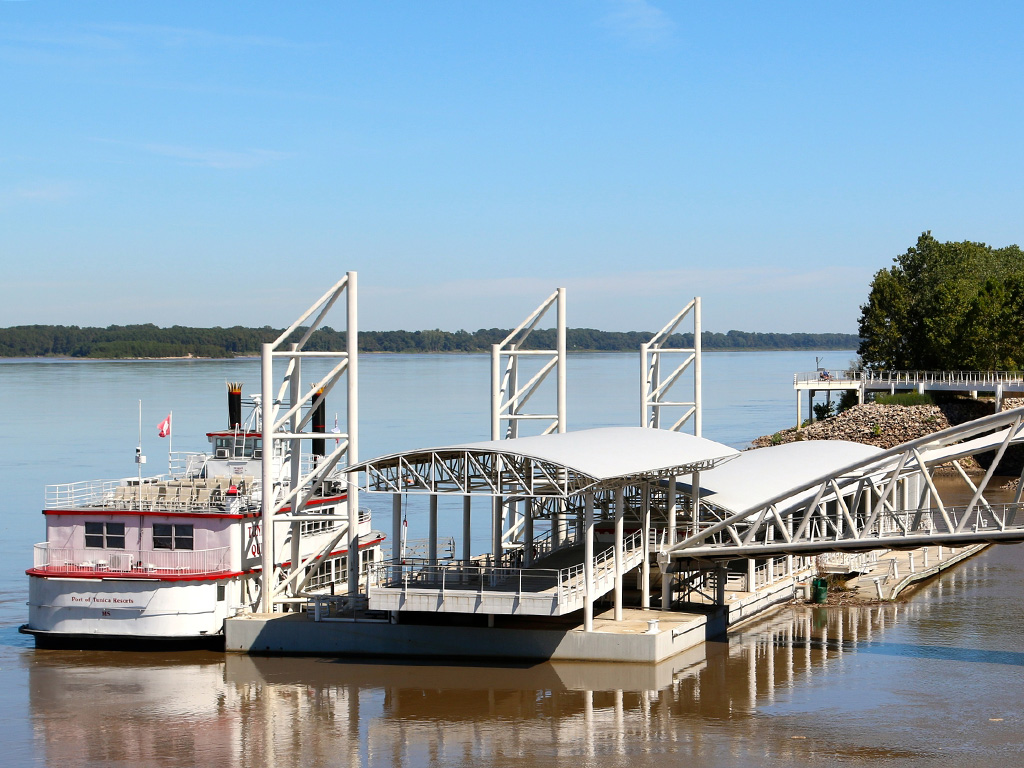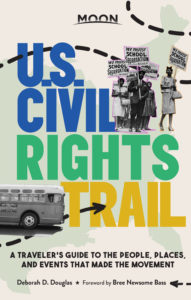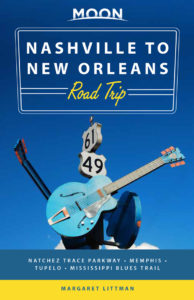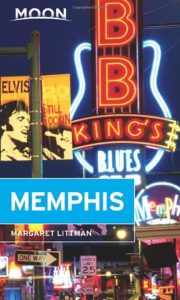Casino Country to Helena, Arkansas
Tunica, MS: Casino Country

Leaving Memphis via US-61, the GRR enters DeSoto and Tunica Counties; the place-names memorialize Hernando de Soto, the first European to see the Mississippi, and the combative Tunica people, who forced the Spanish conquistador’s mosquito- and snake-bitten expedition to flee across the river hereabouts in 1542. Outfitted with cannons, pigs, war dogs, and 1,000 soldiers, de Soto spent years marching through Southern swamps in quest of gold—but he was 450 years too early. Tunica County, long one of the most destitute places in the country, only became a gold mine after the state legalized gambling in 1992. Several billion dollars of investment later, every big name in the casino business lines the levee here. As ever, outsiders have benefited much more than the still-poor local residents.
To aid the influx of people anxious to part with their money, US-61 has been turned into a high-volume four-lane highway, and motels, fast-food places, and gas stations have popped up like mushrooms after a spring rain.
Two nongaming benefits of all this investment are the RiverPark, where a 4-mi (6.5-km) hiking trail winds through Mississippi wetlands, giving grand views over the river, and the renovated train depot, which holds the small but scintillating Gateway to the Blues Museum ($10) on US-61. Here dozens of guitars, historic artifacts, and a small recording studio bring the blues to life in all its tormented and anguished glory.
South of the casino area along US-61, the GRR brings you to another traditional Mississippi experience: the classic grits-and-gravy, steak-and-potatoes Blue & White Restaurant (1355 N. US-61, 662/363-1371). Offering a true taste of the Delta with its buffets and local specialties, including flash-fried pickles, the Blue & White has hardly changed since the day it opened at its current location in 1937. South from Tunica, US-61 makes a 37-mi (60-km) beeline through the cotton fields to Clarksdale.
Moon Lake, MS
West of US-61, 22 mi (35 km) south of Tunica’s casinos, Moon Lake was home to one of the South’s most famous Prohibition landmarks, the Moon Lake Club. Unlike speakeasies associated with thugs and tarts, this club was a family destination where parents could dance and gamble while the kids played by the lake. In a place and time when planes were still so rare the sound of their engines could interrupt work and empty classrooms, the club flew in fresh Maine lobster and Kansas City steak for its clientele of rich white Memphians.
Moon Lake has a literary history, too, appearing in a number of Tennessee Williams’s dramas. Williams knew it well: Not only was the club property owned by a cousin, but as a boy he had been a frequent guest, accompanying his grandfather, the Reverend Dakin, on parish calls throughout the county.
Helena, AR
About 12 mi (19.3 km) west of the GRR and Moon Lake via US-49 is Helena, Arkansas, the deadliest place on the river during the Civil War, when Union regiments were stopped in their tracks by the festering malarial swamps that once surrounded the town. It began building a different reputation back in the 1940s when local radio station KFFA 1360 AM began broadcasting King Biscuit Time, a live blues show hosted by John William “Sonny” Payne; the show is still on the air every weekday at noon. In early October, the King Biscuit Blues Festival, a.k.a. the Arkansas Blues and Heritage Festival, attracts fans by the tens of thousands to hear one of the best lineups of blues in the nation. The Delta Cultural Center (141 Cherry St., 870/338-4350, free), in the renovated train depot downtown, with its fine historical displays on the lives of Delta inhabitants, is an equally compelling reason to visit this small river town.
Map of the Great River Road through Mississippi

















